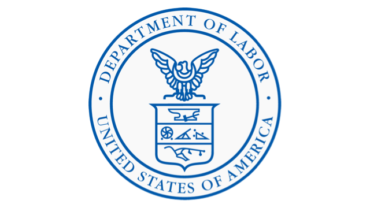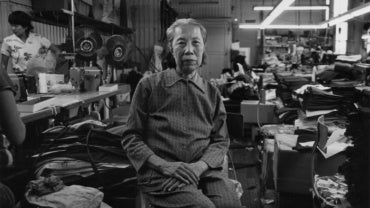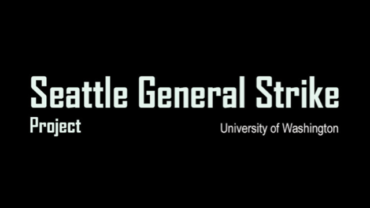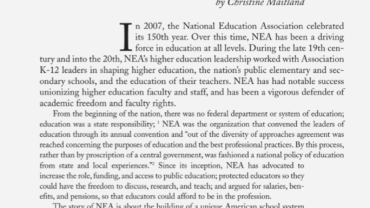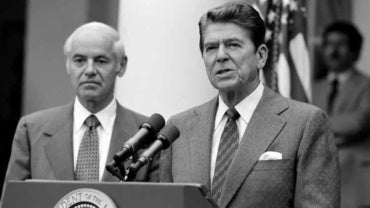What Made the Battle of Blair Mountain the Largest Labor Uprising in American History
Its legacy lives on today in the struggles faced by modern miners seeking workers’ rights.
Police chief Sid Hatfield was a friend to the miners of Matewan, West Virginia. Rather than arresting them when they got drunk and rowdy, he’d walk them home. For his allegiance to the unionized miners of southwestern West Virginia, rather than the say, the nearby coal companies who employed them, Hatfield was gunned down on August 1, 1921, on the steps of the Welch, West Virginia, courthouse, alongside his friend Ed Chambers as their wives looked on in horror. Their murder catalyzed a movement, the largest labor uprising in history, that remains resonant to this day.
The Battle of Blair Mountain saw 10,000 West Virginia coal miners march in protest of perilous work conditions, squalid housing and low wages, among other grievances. They set out from the small hamlet of Marmet, with the goal of advancing upon Mingo County, a few days’ travels away to meet the coal companies on their own turf and demand redress. They would not reach their goal; the marchers instead faced opposition from deputized townspeople and businesspeople who opposed their union organizing, and more importantly, from local and federal law enforcement that brutally shut down the burgeoning movement. The opposing sides clashed near Blair Mountain, a 2,000-foot peak in southwestern Logan County, giving the battle its name.



